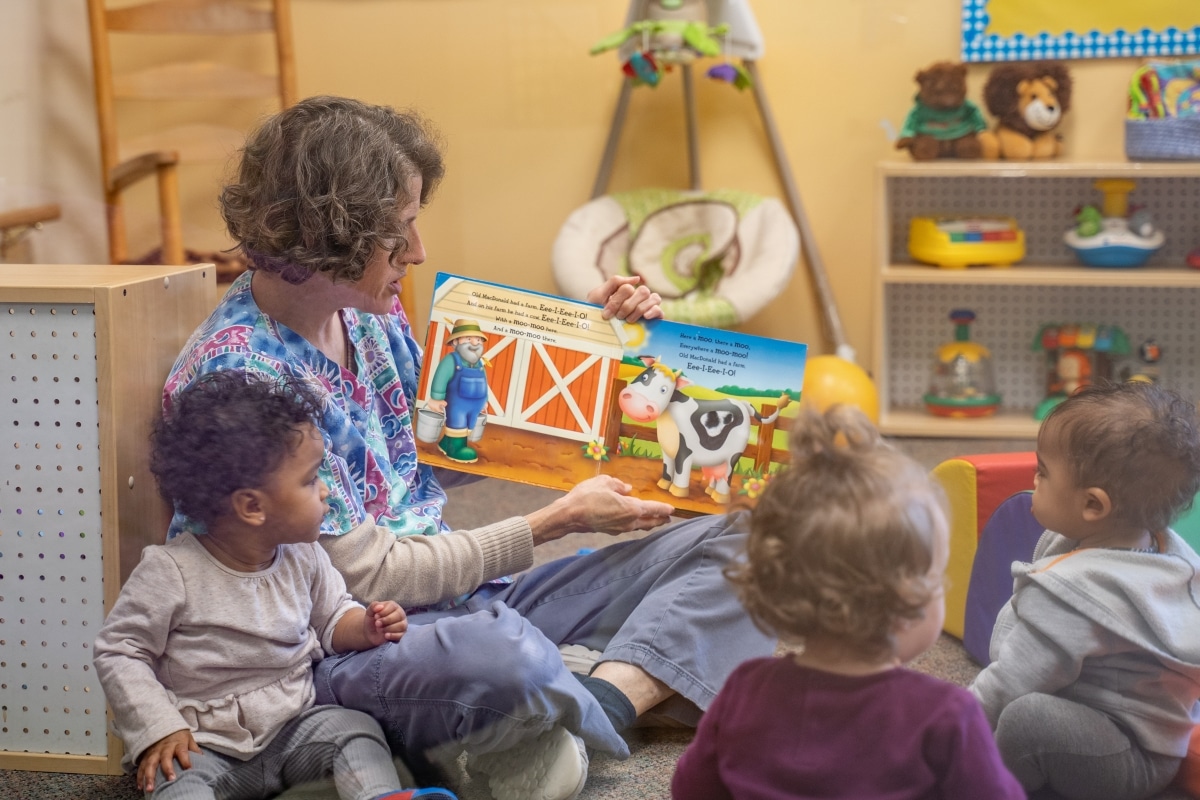By Brooke Gosse
In the Montessori environment, work time starts the moment the child walks into the classroom. Dr. Montessori stated that the children come into the classroom with a purpose, already knowing what work they want to start out the day with. Any circle or teacher guided activity would distract from that purpose, thus causing disorder in the child’s day. While the Montessori classroom has a lot of freedom for children, it is the freedom within the limitations the teacher sets forth that helps the child succeed.
There are three basic freedoms in a Montessori classroom. The first freedom is the freedom to move. The children are free to move about the classroom as they wish, however they may not distract or interrupt a child that is working. The second freedom is the freedom to choose. The child can choose any work they would like to do in the classroom, as long as they have been shown how to do that work by their teacher. If they have not been shown the work, they may not take the work off of the shelf until they have been shown. This is one way the Montessori classroom teaches patience.
The last freedom is the freedom to repeat. When a child is shown a new work by the teacher, they are encouraged to repeat the work until they have mastered the skill they are developing through that work. Some works have a very obvious skill, like spooning or pouring, while others have less obvious goals like fine motor coordination and developing their prehensile grasp. Allowing the child to have freedom within limitations helps the child to develop independence in their own way. For example, the child who is walking around the classroom observing his peers may want to stop to chat, but knows that now it not the best time, as his classmate is busy doing work.
Each Montessori day is structured in the same way, allowing the children to be able to develop familiarity in the routine. This helps the children feel more comfortable to be able to “predict” what will happen next in their day. Work time is how the day starts out, with the child being able to choose when they would like to have a snack during that time. They are also free to choose any work they would like to do, as long as they have been given a presentation. Work time is typically about a 2-2.5 hour time frame. After work time, we have our typical circle time, when we sing songs, read stories, and give a timeline of the rest of our day. Since we have different specialists coming depending on the day, we like to tell the children what the day might look like. For example: after bathroom time, we are going to have Spanish class, then we will go outside before lunch. This helps the children to learn the routine and know what order they can expect things to happen in.
Montessori education is a wonderful alternative to daycare in allowing your child to develop at their own pace, in their own time. Having the freedom to be themselves and to grow and learn at their own pace is a priceless gift to give your child.
“The greatest gifts we can give our children are the roots of responsibility and the wings of independence.” -Maria Montessori



